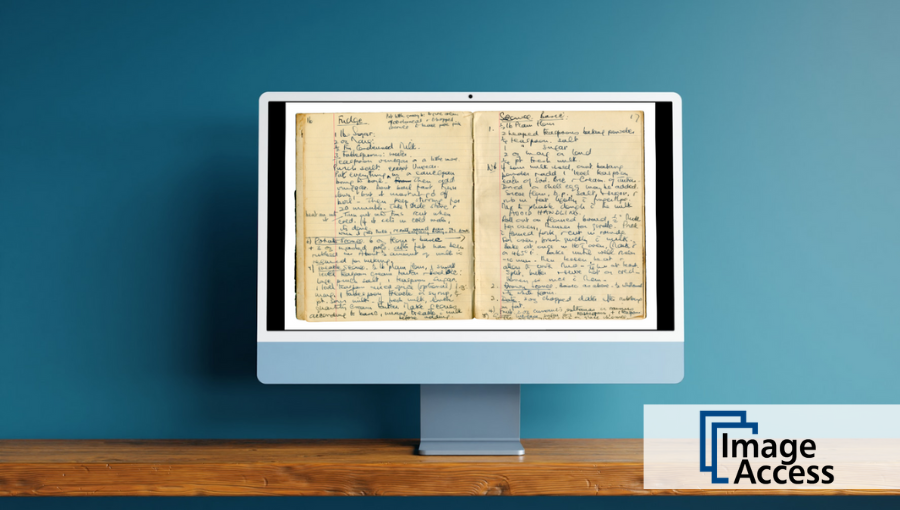
Preserving pages: Introducing Book scanners
In this opening entry of our blog series on book scanners, we will uncover their significance in the digital era, navigate the current market landscape, and delve into the industry's key players as well as an emerging trend amongst vendors.
Unlike other document scanners, book scanners need to address the challenge of scanning books which have a non-flat surface - making handling them a nightmare.
If they were reinvented today, books might take the form of continuous rolls of film, neatly enclosed within two compact tubes. In such a context, the concept of dedicated book scanners might not have even arisen. However, modern printed books as we know them made their debut over 600 years ago, courtesy of Johannes Gutenberg, a visionary who could not have foreseen the intricate scanning challenges of our digital age.

Unveiling Features and Ethical Challenges
The notion of scanning a book on a conventional flatbed scanner by flattening it against the glass plate is not only impractical but can potentially damage the book’s spine. Instead, we advocate for a solution that aligns with the true essence of books: book scanners that capture an open book from above, mirroring the natural reading experience.
In the realm of book scanners, we encounter a variety of book cradles and supports, each with its own set of advantages and disadvantages. Whilst the physical impact of book scanners is evident to anyone who has witnessed them in action, our exploration goes beyond the surface to delve into the nuanced features that often go unnoticed and can be vulnerable to misinformation.

Within this sphere, three major industry leaders—Image Access, I2S, and Zeutschel—have a significant presence in the book scanner market. However, a multitude of smaller competitors are eager to stake their claim. Unfortunately, not all of these entities adhere to ethical standards; some make audacious claims about their devices, pushing the boundaries of what modern physics permits.
In recent times, an intriguing trend has emerged, where certain vendors have repurposed digital cameras by mounting them on stands and equipping them with screens, branding these hybrid creations as "book scanners." It is essential to clarify that a scanner serves the primary function of scanning a document, whereas a digital camera merely captures an image. This shift has led to confusion in the market.
Conclusion
The objective of this blog series is dual. Firstly, we seek to clarify the technical terminology frequently associated with book scanners, providing clarity on terms that influence scanning quality, speed, and handling. Secondly, we aim to equip you with user-friendly measurement tools and tables, empowering you to evaluate resolution, camera pixel count, and other vital factors necessary to get the best results when scanning books.
Need help finding the perfect book scanner for your needs? Contact us today plus stay tuned for the upcoming installments in this blog series!
Discover more about imaging technology in our next blog entry.